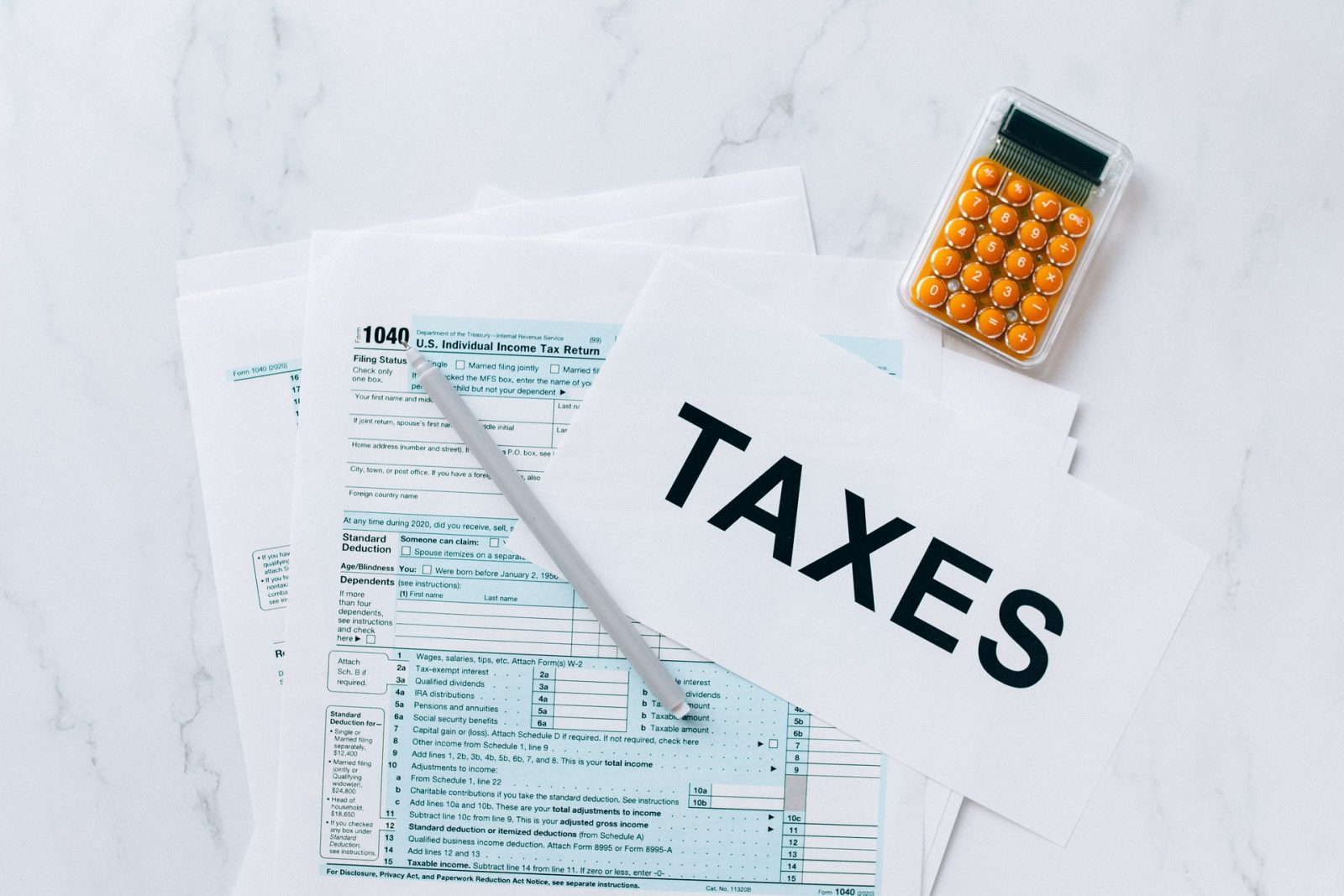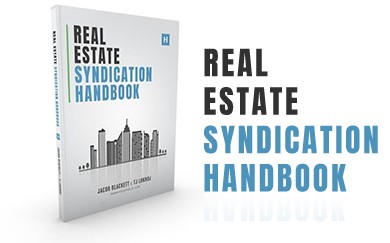When it comes to investing, there are a lot of different options to choose from. You can invest in stocks, real estate, mutual funds, or even cryptocurrencies. But if you’re looking for a more passive investment option, there are a few different choices you can make.
In this blog post, we will discuss several different ways to invest 100K for passive income. We will provide detailed information about each one so that you can make an informed decision about which option is right for you!
Table of Contents
What is Passive Income?
Before we discuss the different investment options, let’s first define what passive income is.
Passive income is defined as income that you earn without actively working for it. This can come in a variety of forms, such as rental income from real estate investing or dividends from stock holdings.

With various investment options to choose from, how do you choose where to invest your money? This mostly depends on the investor but make sure you do your research on each investment opportunity. And don’t forget that there are other things to consider before beginning to invest!
Things to Do Before You Invest
Before investing your $100K anywhere you should consider some more important financial strategies.
Create an Emergency fund
An emergency fund is simply money set aside for use in the event of an unexpected event. What would you do, for example, if you lost your job suddenly? Would you be able to cover the gap until you found another job using your savings? What if your automobile required major repairs or you became ill and had to pay for medical treatment?
You should set aside money in an emergency fund to assist you to get through these difficulties. It’s fantastic if you already have emergency money. Examine it once again to ensure that it is still adequate. A good emergency fund provides six months’ worth of living costs for most people.
Your risk tolerance will determine how much you put into your emergency fund and where you store it. The safest option is to invest for the whole six months and maintain the money in a low-risk deposit account (like a savings or money market account).
Regardless of how you go about it, make sure you have a liquid emergency fund that will last at least a few months.
Pay off your (high-interest) debt as soon as possible.
If you have high-interest debt, your best strategy is to pay it off before making an investment. This covers debt owed on credit cards as well as the debt owed on other loans, such as payday loans.
The average credit card interest rate is 16%, far greater than the average yearly stock market return. This indicates that paying off high-interest debt is a better investment than investing in the stock market… even if it’s a bull market!
Consider a balance transfer credit card if you have debt on many credit cards. This helps you to combine your debt and deal with it all at the same time. It may even offer a 0% APR for a limited time, allowing you to put interest on hold while you pay it off.

Determine What Kind of Investor You Are Before Investing
Before investing in any type of asset, you need to determine what kind of investor you are. Do you want to take a hands-on approach and actively manage your investments? Or would you prefer to invest more passively and let someone else do the work for you?
If active management is something that interests you, then stock market investing or real estate may be a good option. But if you’re looking for something that requires less work, then you may want to consider options like dividend-paying stocks or peer-to-peer lending.
Each of these investment options has its own unique set of risks and rewards, so it’s important to do your research before making a decision.
Decide how you want your money managed
When you invest your money, you are essentially hiring someone to manage it for you. This means that you need to decide how much involvement you want in the management of your portfolio.
There are two main options when it comes to how your money is managed: passive or active management. With passive management, the manager of your portfolio will only make changes when the underlying investments are changed. This means that you will not be involved in the day-to-day management of your money.
With active management, on the other hand, the manager will make changes to your portfolio based on their own judgment. This means that you will need to stay up-to-date on market news and be willing to make changes to your portfolio based on their recommendations.
Which type of management is right for you? It depends on how much time and energy you are willing to put into managing your investments. If you want a hands-off approach, then passive management is the way to go. If you want more control over your money, then active management is the better option.
Real Estate
One of the most popular options for passive income is real estate. When you invest in real estate, you are buying a property and renting it out to tenants. Over time, the rent payments will add up and generate passive income for you!
There are a few different ways to invest in real estate. You can buy a property outright, you can partner with another investor, or you can invest in a real estate investment trust (REIT). Each of these options has its own set of risks and rewards, so it’s important to do your research before making a decision.
One thing to keep in mind is that real estate investing requires a lot of hands-on work. You’ll need to manage the property, find tenants, and deal with any problems that may arise. If you’re not interested in doing this yourself, you may want to consider hiring a property manager.
Invest in Real Estate Crowdfunding
Another option for investing 100K for passive income is to invest in real estate crowdfunding. With this option, you allow a company to pool your money with other investors to purchase a property. The company will then rent the property out to tenants and return the profits to you.
There are several things to consider when investing in real estate crowdfunding. First, you’ll need to research the company to make sure it is reputable, like Holdfolio. Next, you’ll need to estimate what fees you will be charged for their services. Finally, you’ll need to factor in the risks associated with investing in real estate crowdfunding.
Holdfolio enables both accredited and non-accredited investors to join crowdfunding deals! If you are interested in real estate crowdfunding give us a call and let us help you start generating passive income streams for your future!
Invest in Dividend-Paying Stocks
One of the most popular passive income investments is dividend-paying stocks. These are stocks that pay you a regular stream of dividends based on the company’s profits. Many companies offer quarterly or yearly dividends, and some even offer special dividends occasionally.
The amount of money you can earn from dividend-paying stocks varies depending on the company and how many shares you own. But it’s not uncommon to see dividends paying out anywhere from $0.50 to $20 per share. And as an investor, you are eligible for special tax breaks on your dividend income!
When looking for dividend-paying stocks, it’s important to do your research. Not all companies are created equal, and some may be riskier than others. You’ll also want to make sure the company is in good financial shape and has a history of paying dividends.
You can buy dividend-paying stocks through a variety of different investment brokers, or you can purchase them directly from the company itself.
Invest in Cryptocurrencies
Another option for investing 100K for passive income is to invest in cryptocurrencies. With this option, you purchase units of cryptocurrency and hold them for the long term. Over time, as the value of the cryptocurrency increases, you can sell them for a profit.
There are several things to consider when investing in cryptocurrencies. First, you’ll need to do your research to find a reputable cryptocurrency to invest in. Next, you’ll need to estimate how much the value of the cryptocurrency will increase over time. Finally, you’ll need to factor in the risks associated with investing in cryptocurrencies.

Peer-to-peer lending
Another great way to generate passive income is through peer-to-peer lending. This is when you loan money to other people or businesses through a website like Lending Club or Prosper.
When you invest in peer-to-peer lending, you’re essentially becoming a bank. You’re providing capital to borrowers who need it, and in return, you earn interest on your loan. This interest can be anywhere from 0% to 15%, depending on the risk level of the loan.
One thing to keep in mind is that peer-to-peer lending is not without risk. You could lose your money if a borrower defaults on their loan. But with careful research, you can minimize your risks and earn a healthy return on your investment.
Robo-advisors
Robo-advisors are a great way to invest 100K for passive income. With this option, you allow a Robo-advisor to manage your investment portfolio for you. The Robo-advisor will use algorithms to select the best investments for you, providing you with continuous income.
There are several things to consider when investing with a Robo-advisor. First, you’ll need to research the Robo-advisor to make sure it is reputable. Next, you’ll need to estimate what fees you will be charged for their services. Finally, you’ll need to factor in the risks associated with using a Robo-advisor.
Invest in EFTs, Mutual Funds & Index Funds
Mutual funds and exchange-traded funds (ETFs) are both excellent options for diversifying your investing portfolio.
ETFs are comparable to mutual funds, except they trade on the stock exchange like stocks. They are frequently, but not always, less expensive than mutual funds. You can invest in certain sorts of firms (for example, huge organizations), specific economic sectors (for example, technology or healthcare), or other types of assets, such as bonds and real estate. ETFs that promote a cause, such as green energy, are also available.
Mutual funds are essentially investment combinations. They might be all stocks, all bonds, or a mix of both. A manager of a mutual fund is someone who decides what to put in the fund. This might be a good middle ground for those who wish to invest in individual funds but don’t have the time or expertise to examine each stock individually. The major disadvantage is that certain mutual funds, particularly actively managed funds, have significant management fees.
Index funds are a popular alternative in the world of mutual funds and ETFs. Index funds try to replicate the performance of a single market index rather than having management that actively chooses stocks and makes transactions. An index fund, for example, may track the S&P 500 index (the 500 largest publicly traded American companies). As a result, you can quickly (and often inexpensively) invest in a wide range of businesses. This gives some security in the event that specific enterprises or sectors of the economy face difficulties. Over time, index funds tend to outperform actively managed funds.
Invest in a Dividend Reinvestment Plan
One way to invest your money and receive continuous income is by investing in a dividend reinvestment plan (DRIP). With this type of investment, you purchase shares in a company that pays out dividends. The dividends are then automatically reinvested into more shares of the company, allowing you to compound your returns over time.
There are several things to consider before investing in a DRIP. First, you’ll need to make sure that the company is reputable and has a good track record. Next, you’ll need to estimate what fees you will be charged for their services. Finally, you’ll need to factor in the risks associated with investing in a DRIP.
By choosing a DRIP, you can invest your money and receive continuous income for years to come. Just be sure to do your research first and weigh the pros and cons of this type of investment.
Should You Invest All of Your Money at Once?
When it comes to investing, one of the most important things you can do is to diversify your portfolio. This means that you should not put all of your eggs in one basket. By spreading your money out among several different investments, you reduce the risk that you will lose everything if one of them fails.
However, this does not mean that you should never invest all of your money in one place. There are times when it can be advantageous to do so. For example, if you find an investment that has a high potential return, it may be wise to invest all of your money in it.
So, should you invest all of your money at once? It depends on the situation. If you are comfortable with the risk, then go for it! Just make sure to spread your money out among several different investments as well.

Invest to minimize taxes and fees
When investing, it’s important to keep in mind the taxes and fees that you will have to pay. By choosing investments that have low taxes and fees, you can minimize how much money you lose to these expenses.
There are many different types of investments that offer tax advantages. For example, municipal bonds are a great option for investors who are looking for tax-free income. Similarly, index funds offer investors a way to invest in stocks without having to pay the high fees associated with actively managed funds.
By choosing investments that have low taxes and fees, you can have more of your money working for you. This will help you achieve your financial goals faster.
Conclusion
$100K is a lot of money, and you want to make sure that it grows safely and steadily. We hope this article has helped introduce you to some of the many different types of passive income investments available, as well as the safest investment options for your $100K: real estate crowdfunding with Holdfolio.
With our platform, you can invest in high-quality real estate projects around the country while enjoying all the benefits of passive income investing.
Have questions? Feel free to reach out to us anytime. We are more than happy to help get you started on your journey to financial independence!
 Back to Blog
Back to Blog




